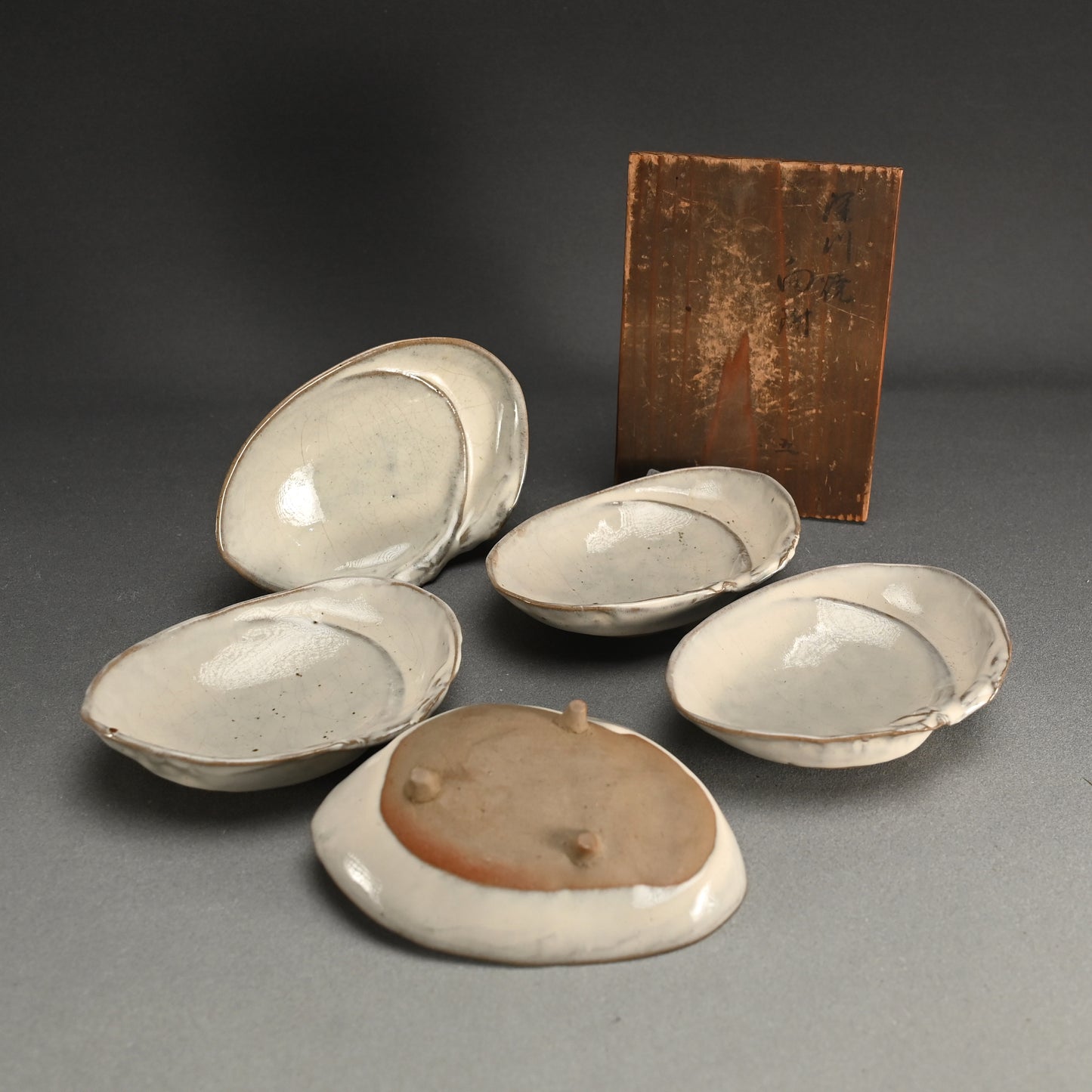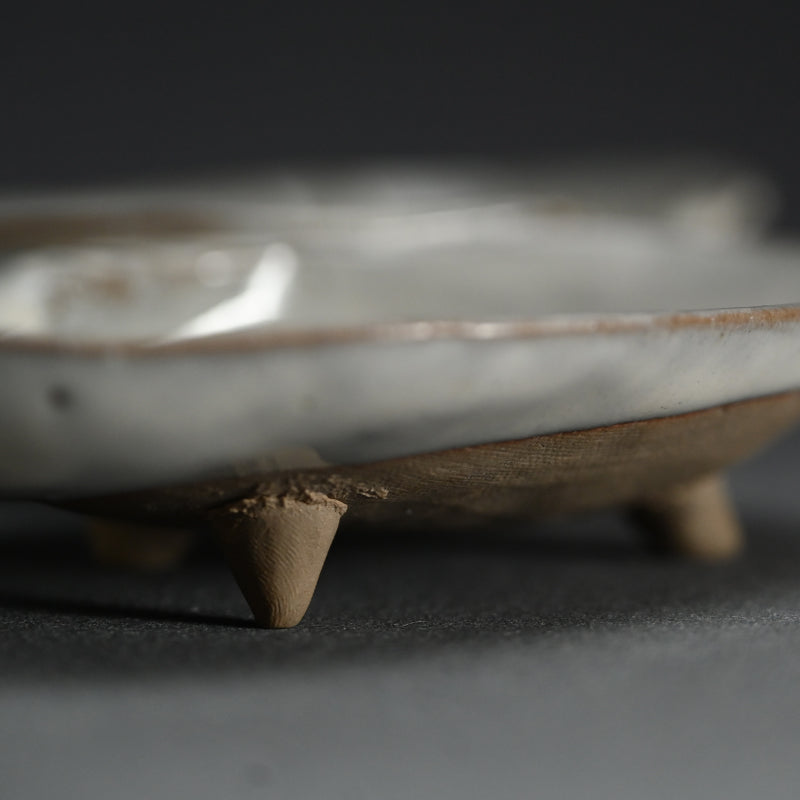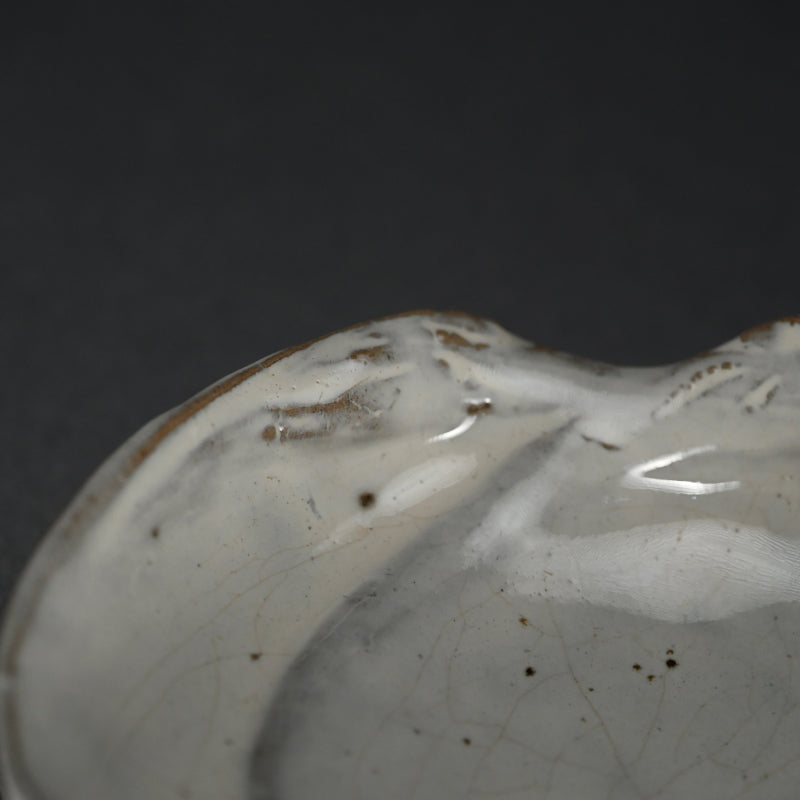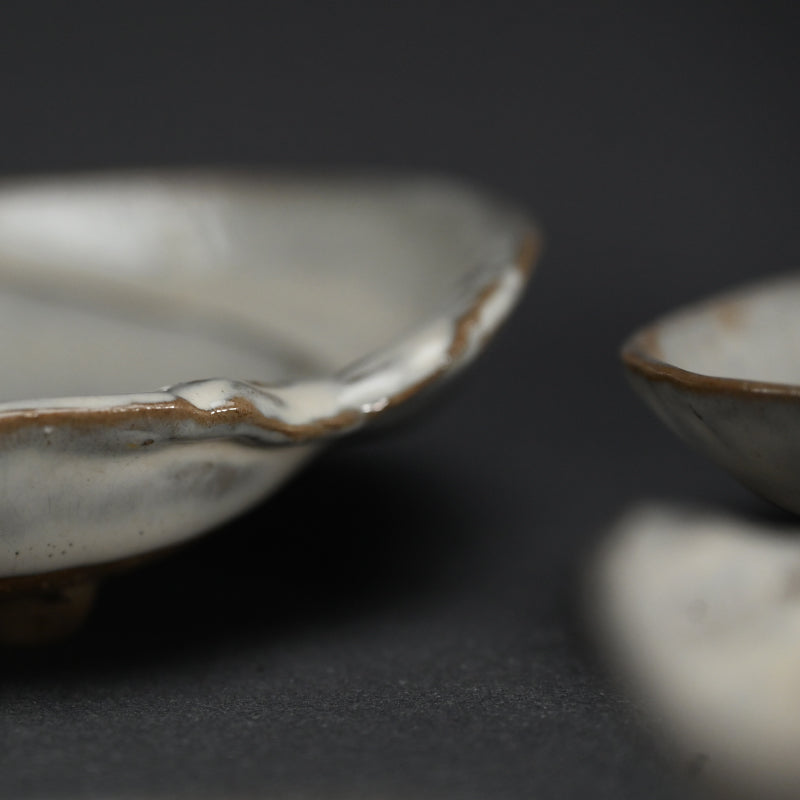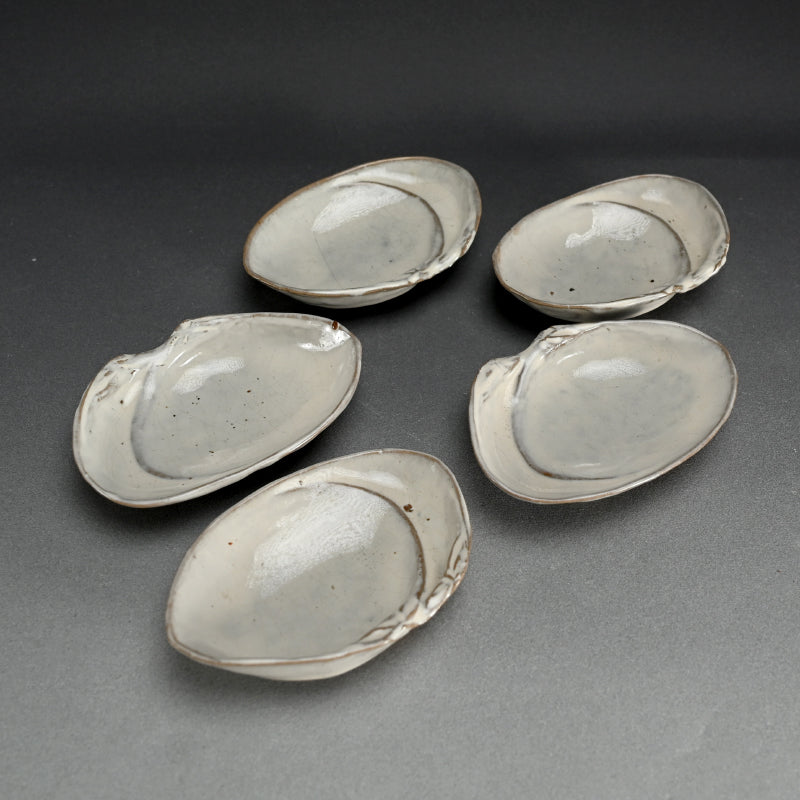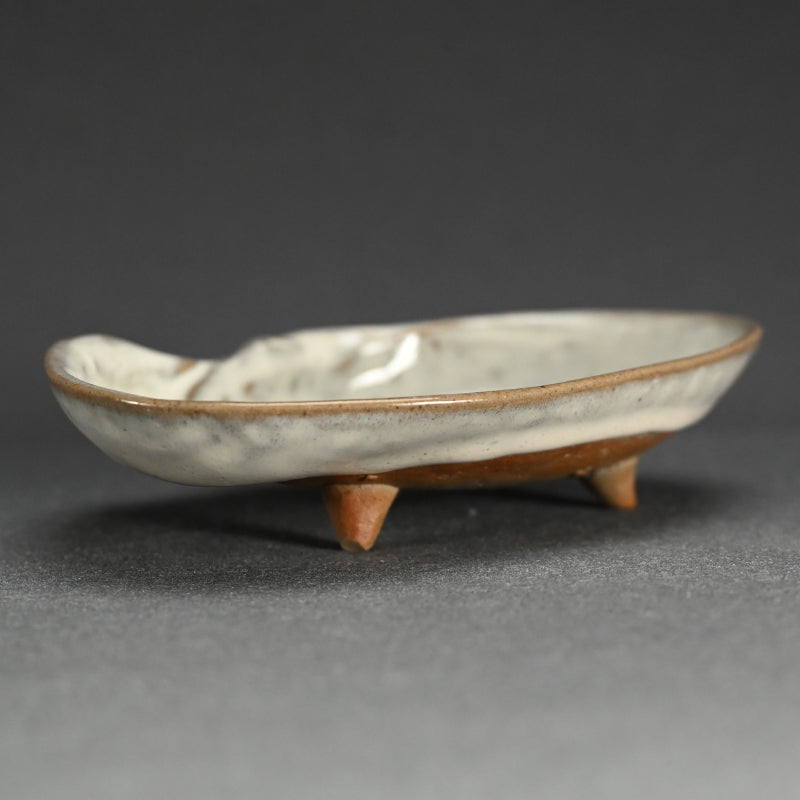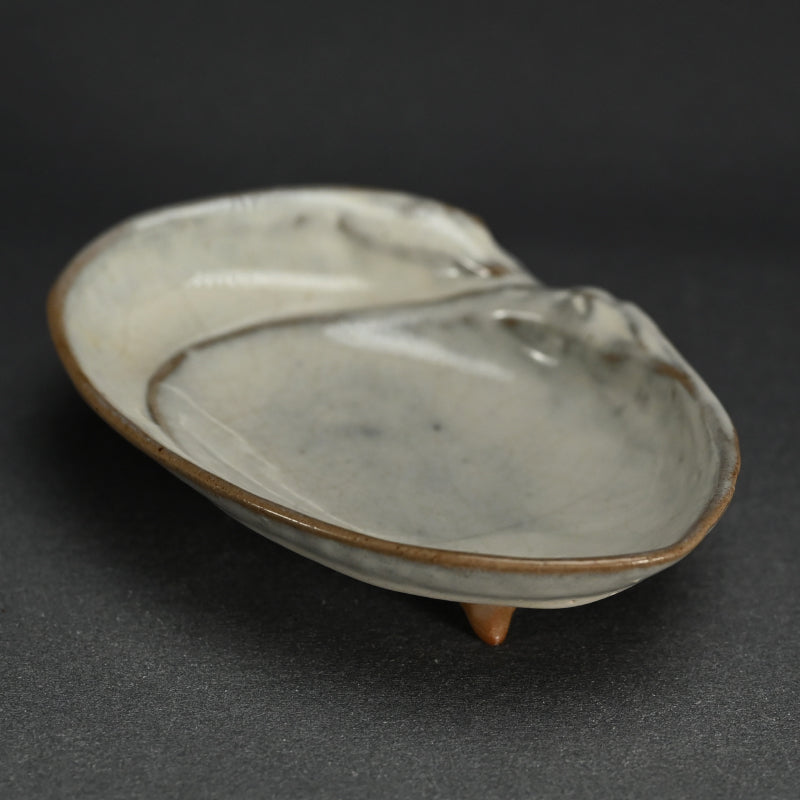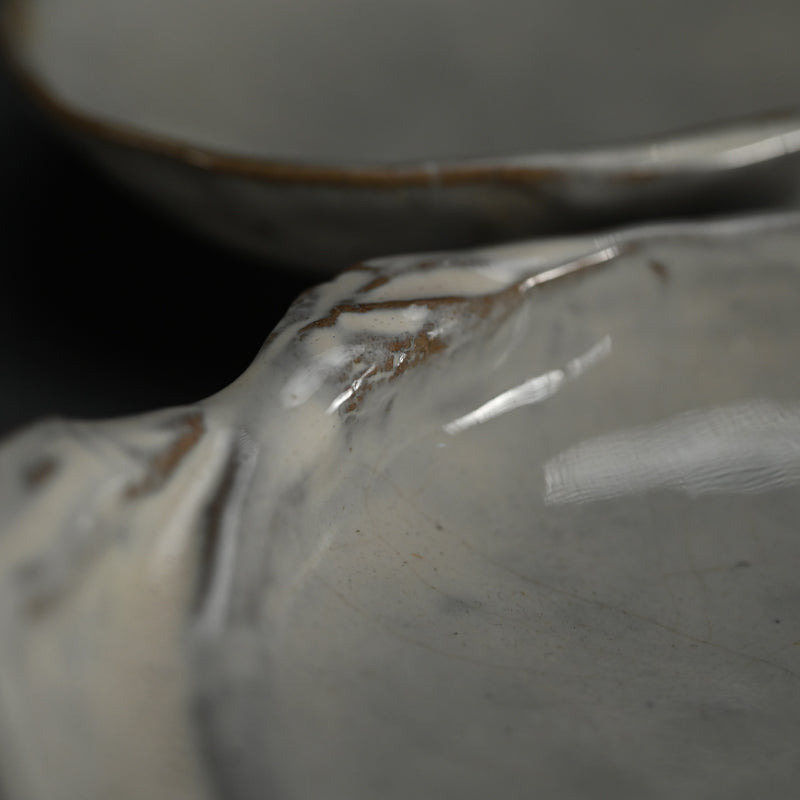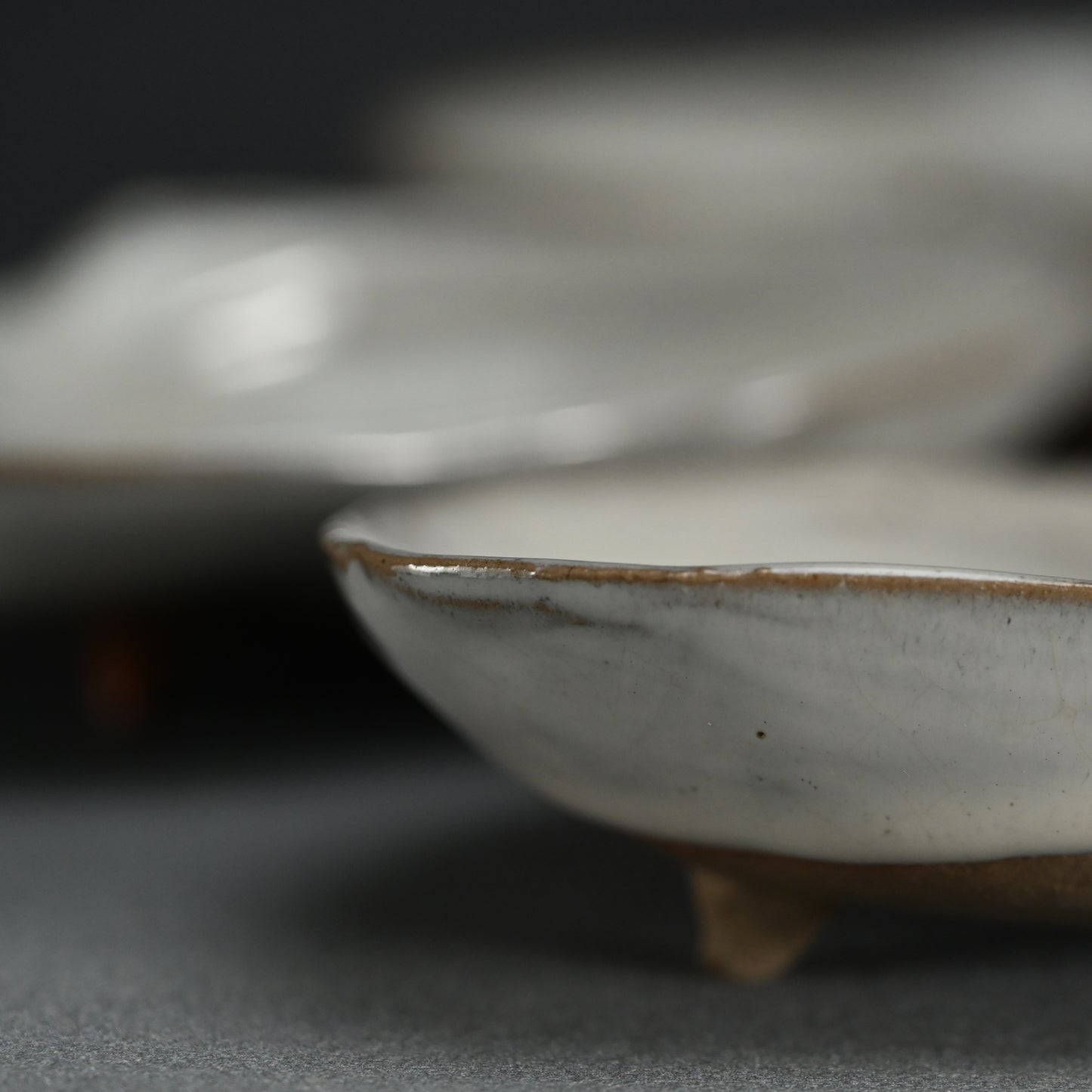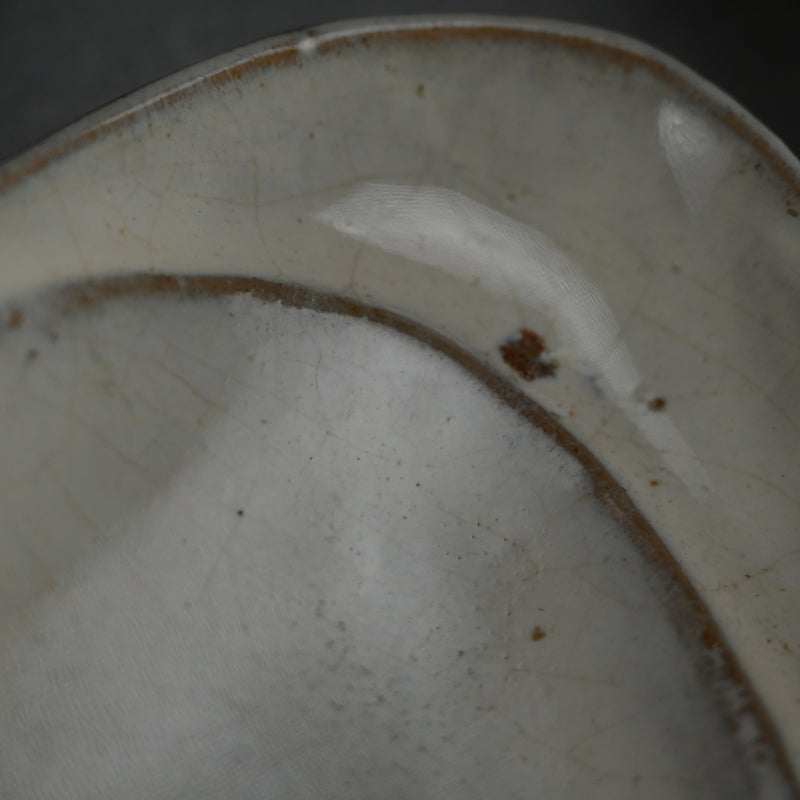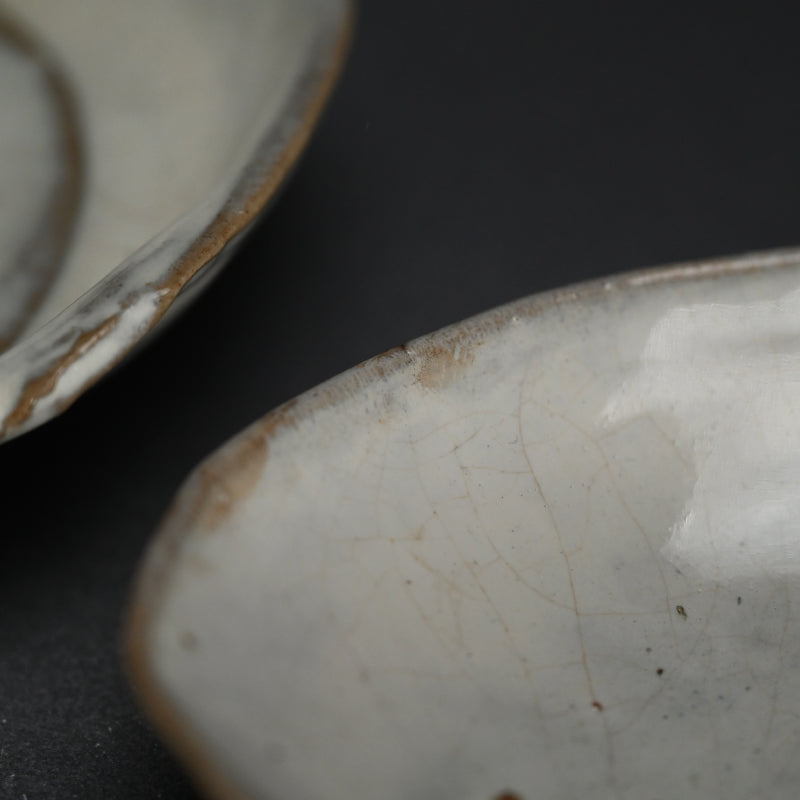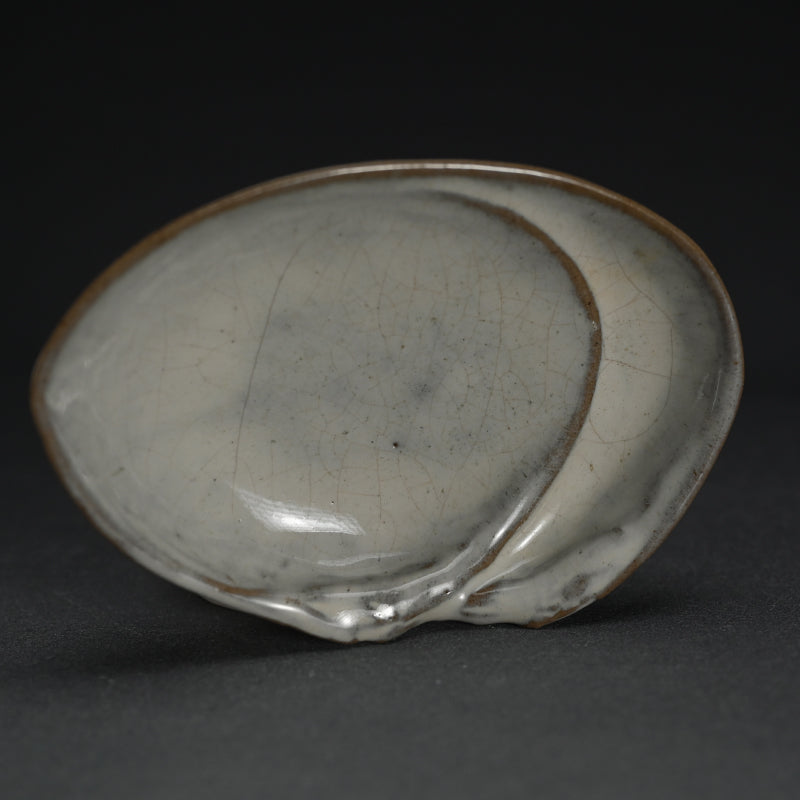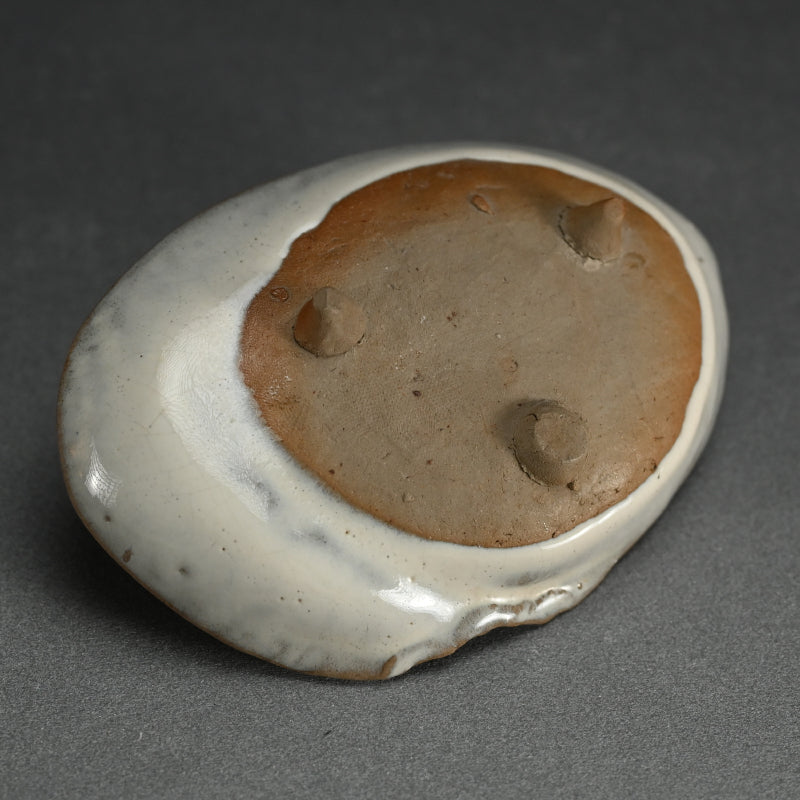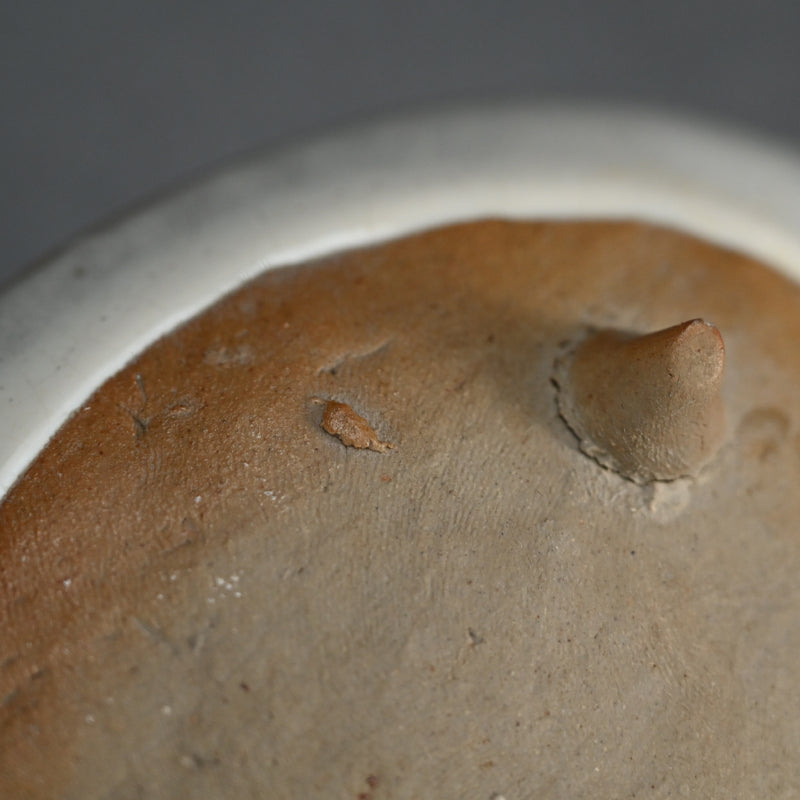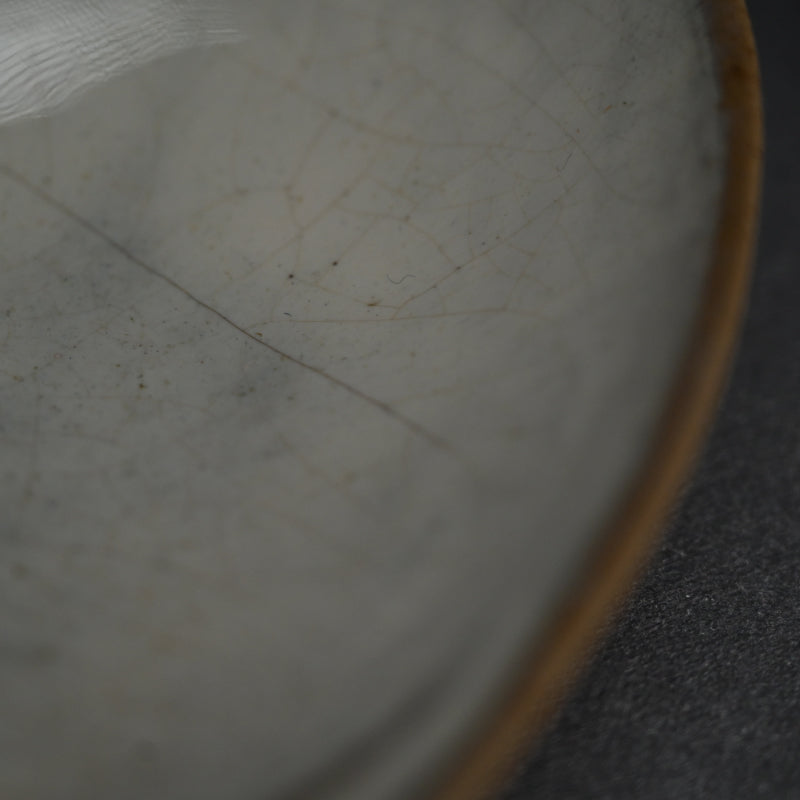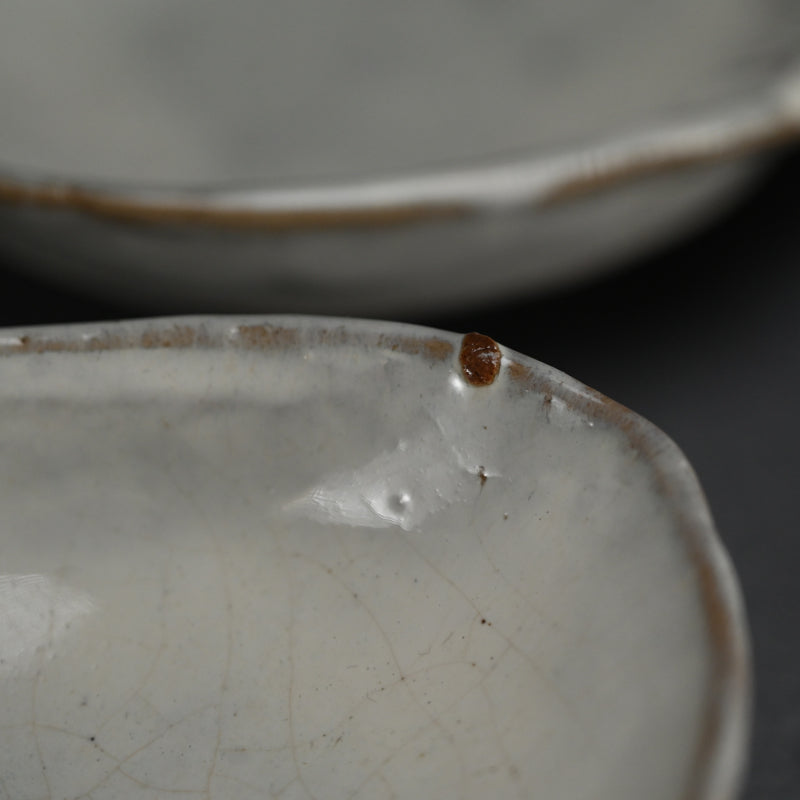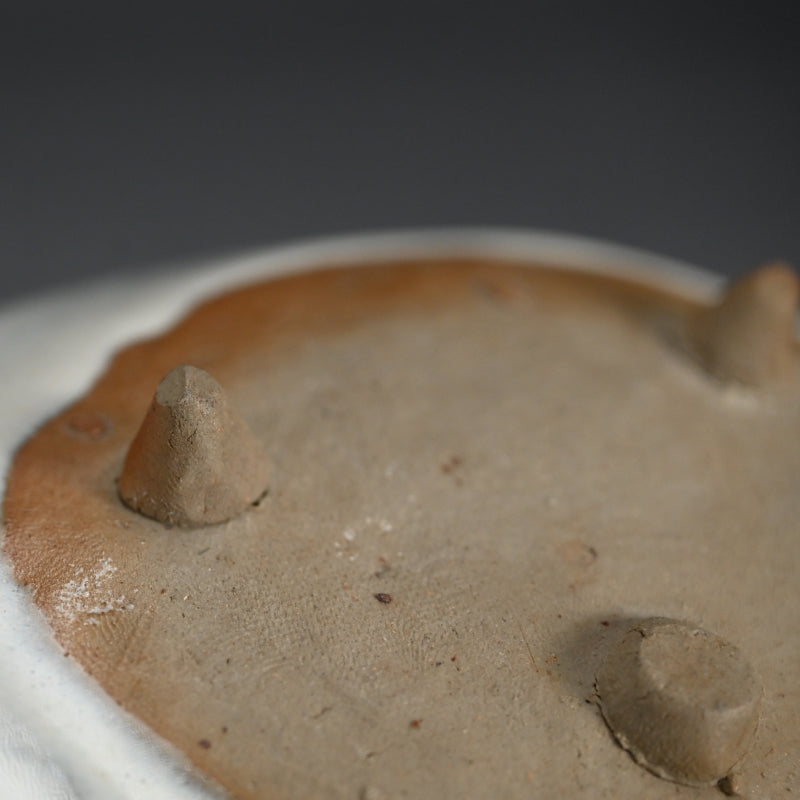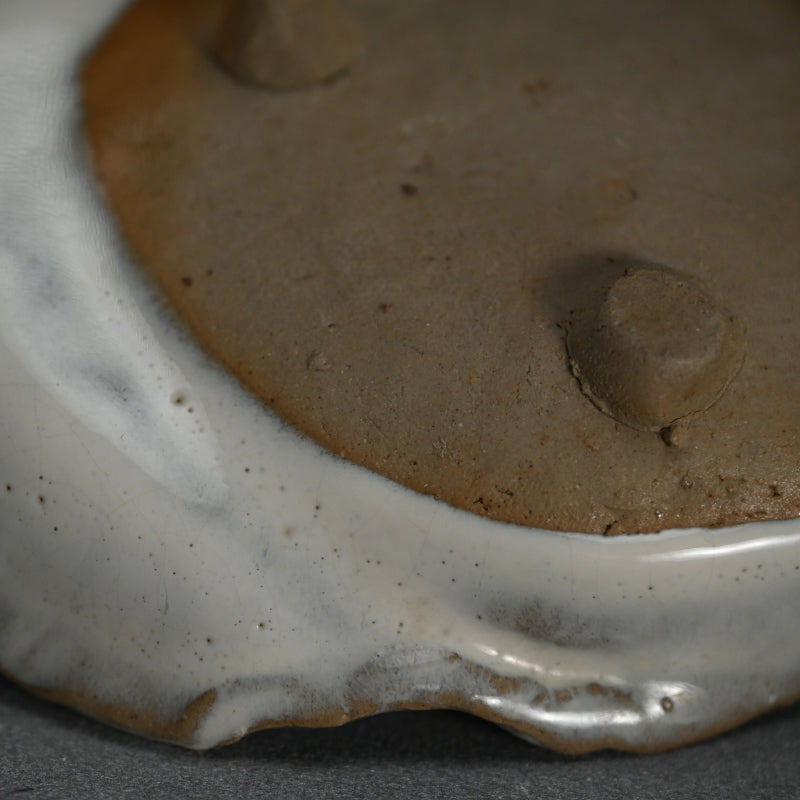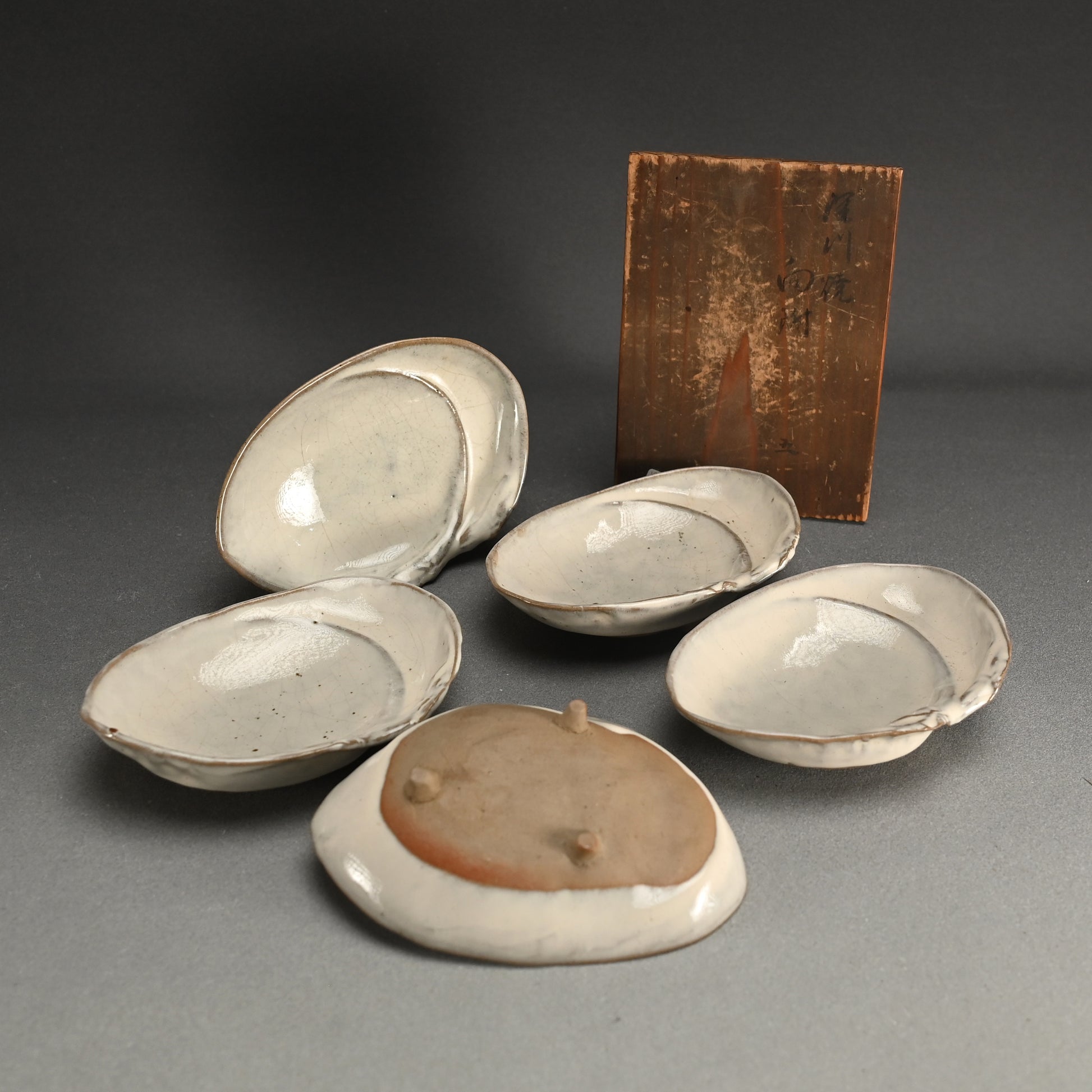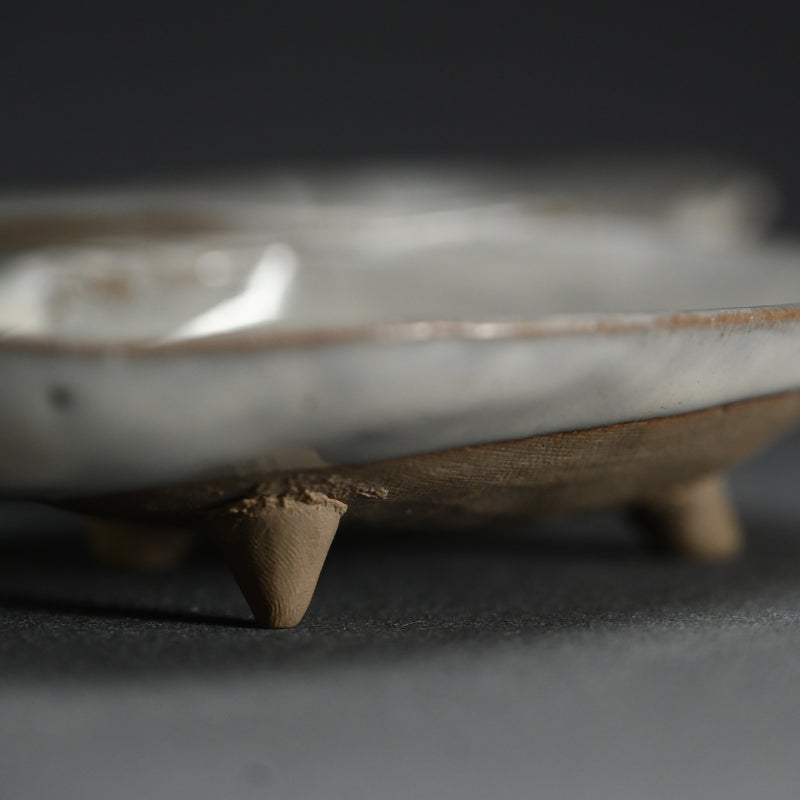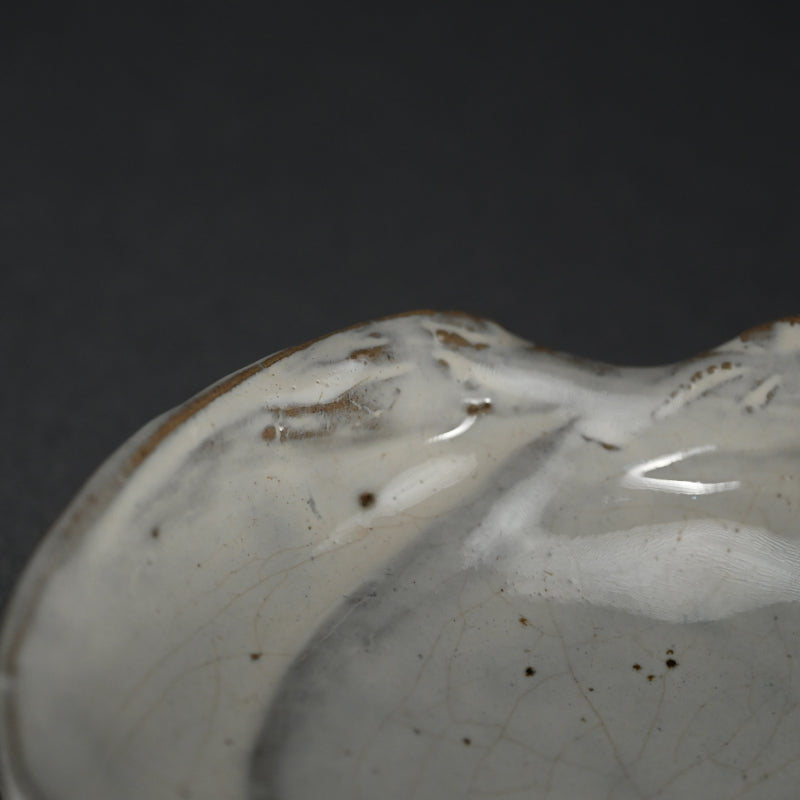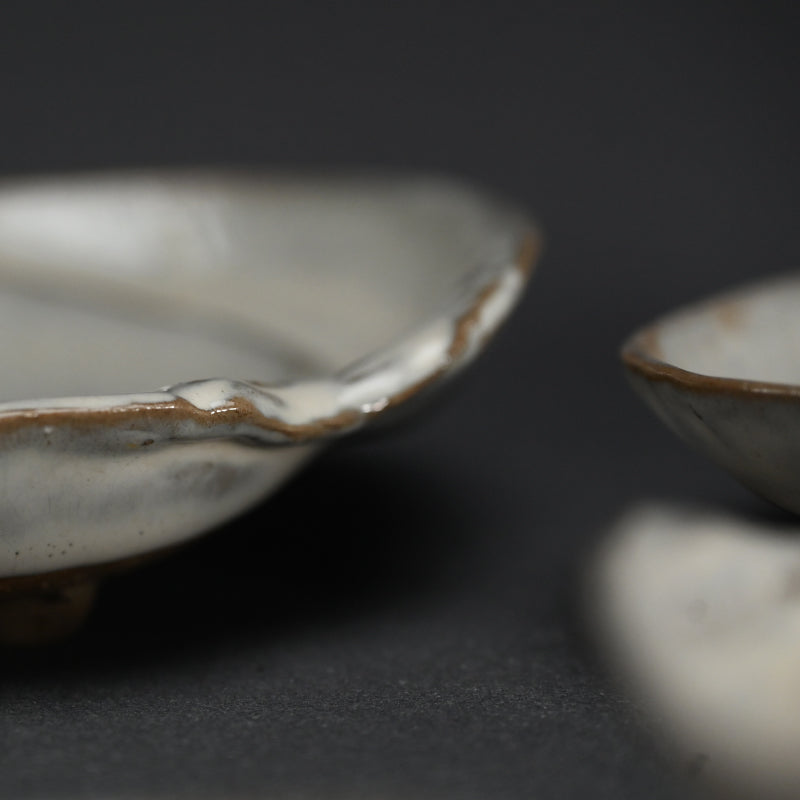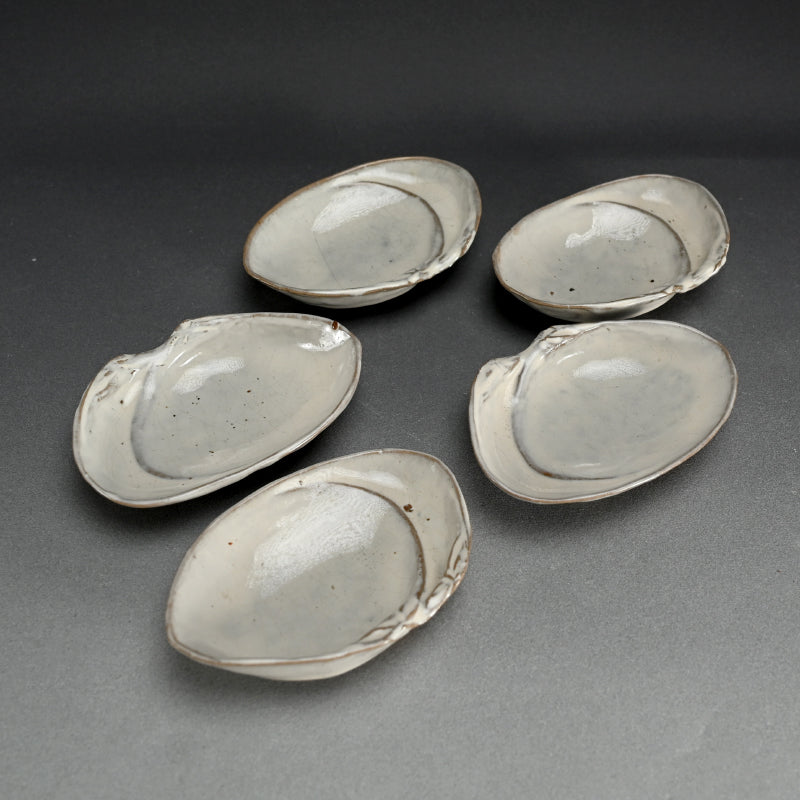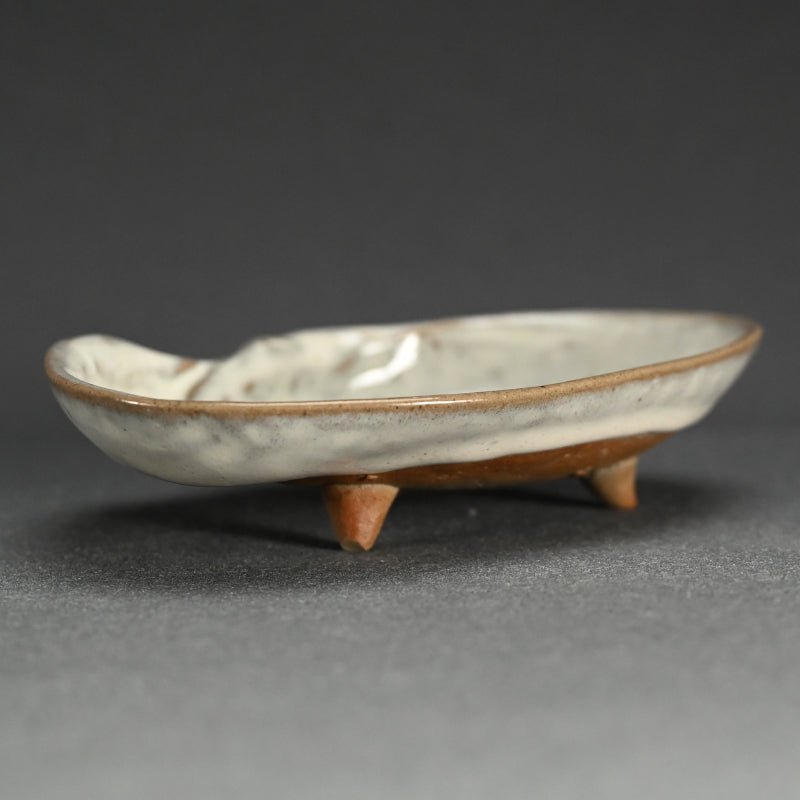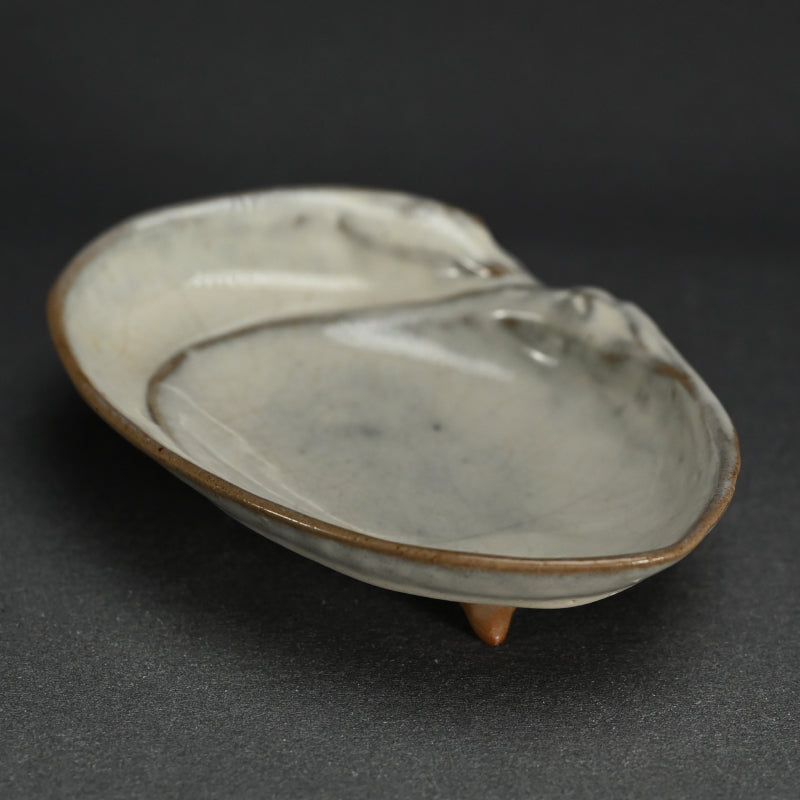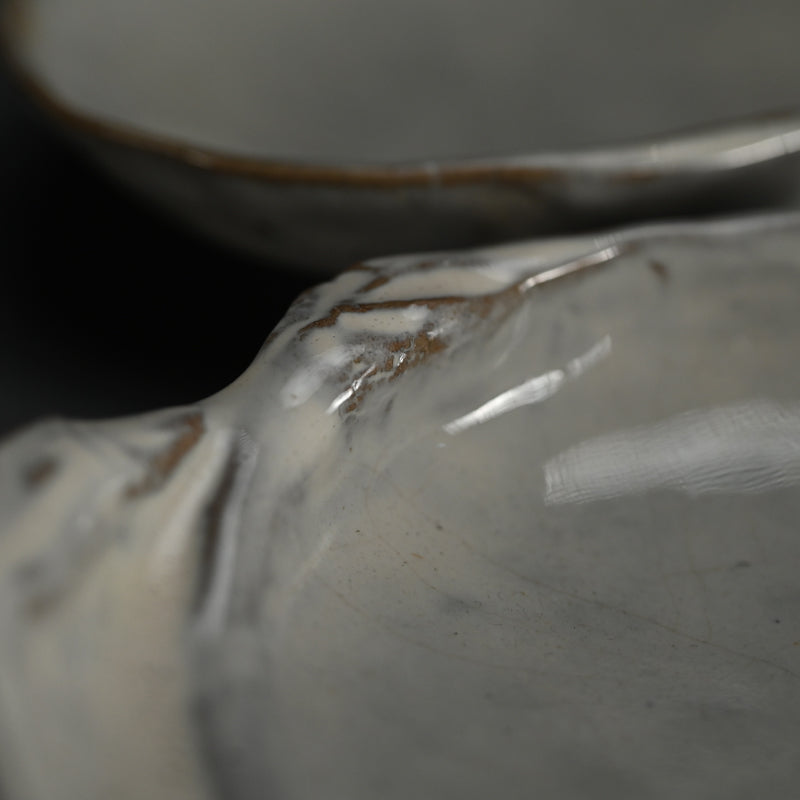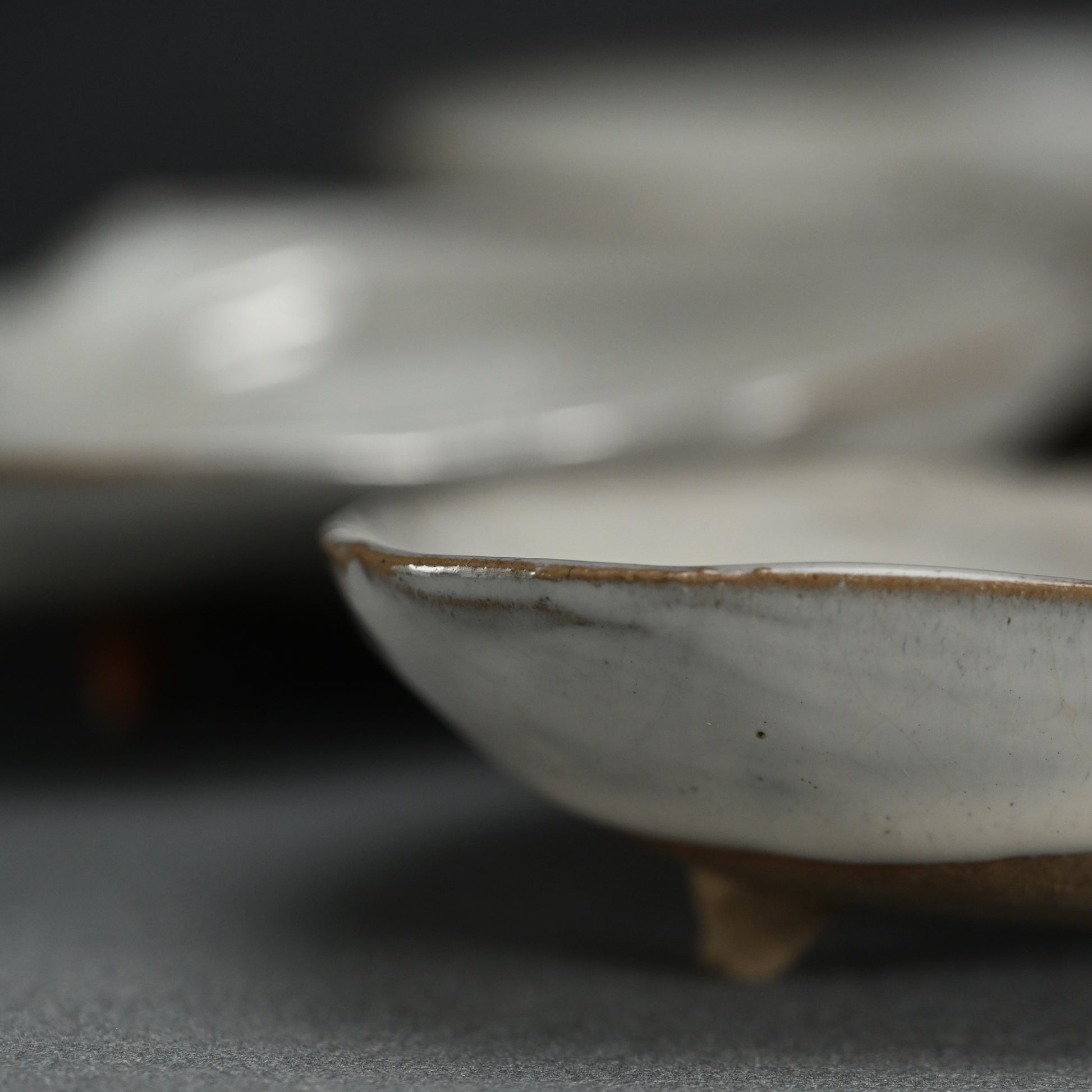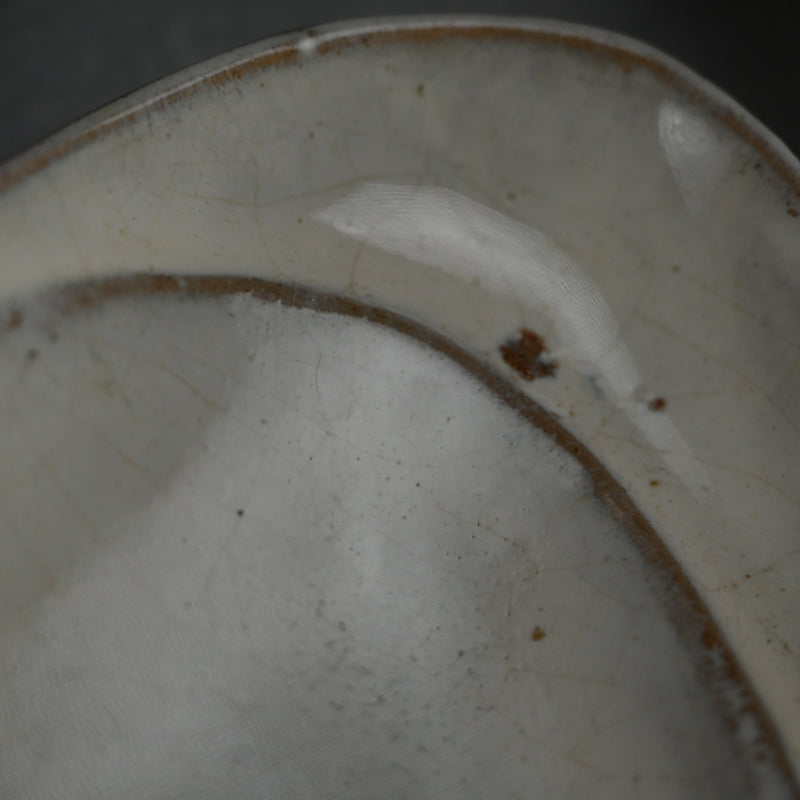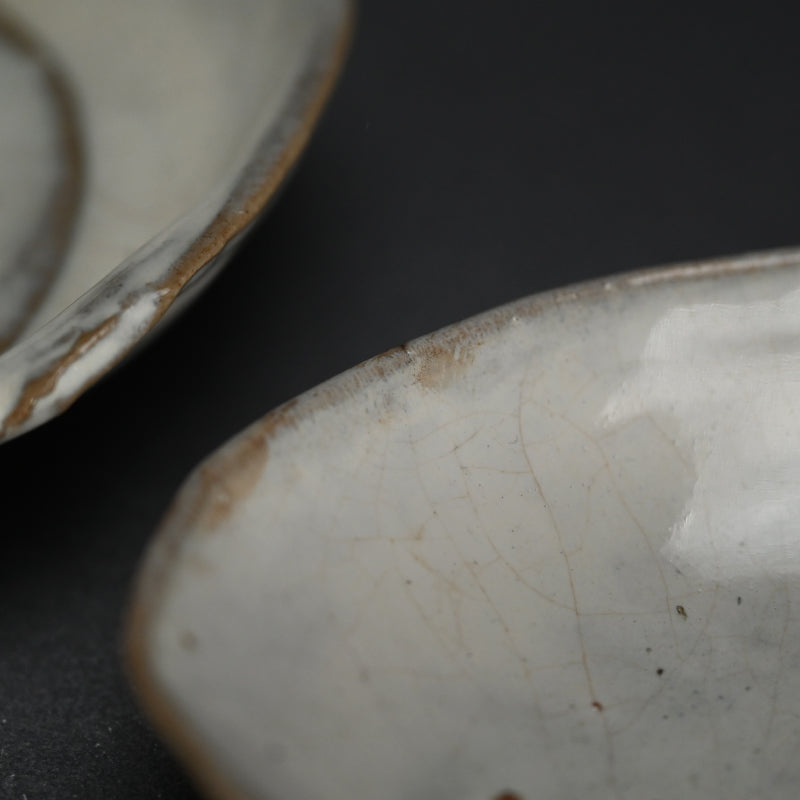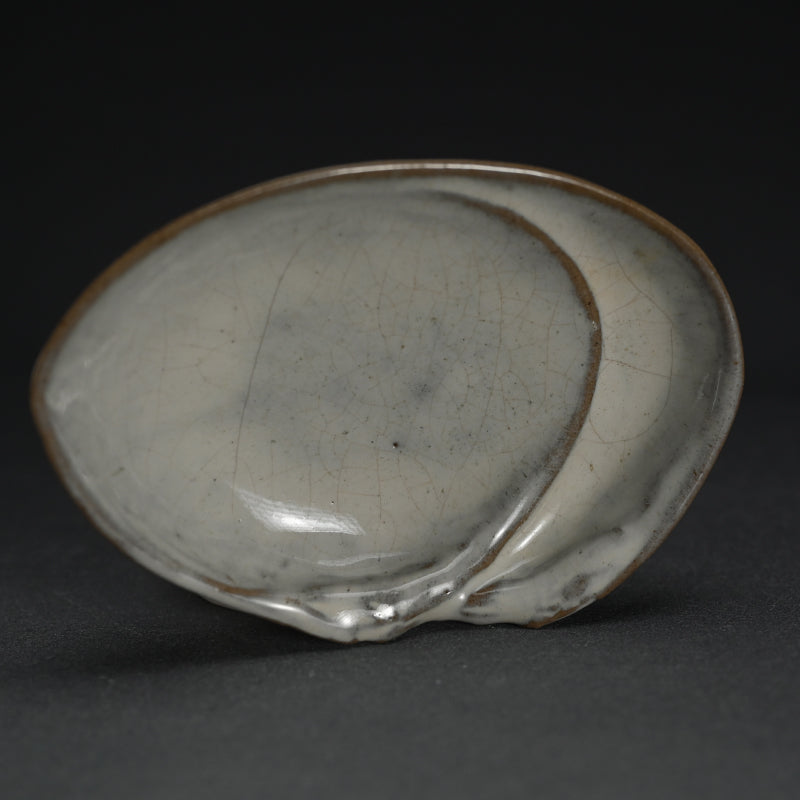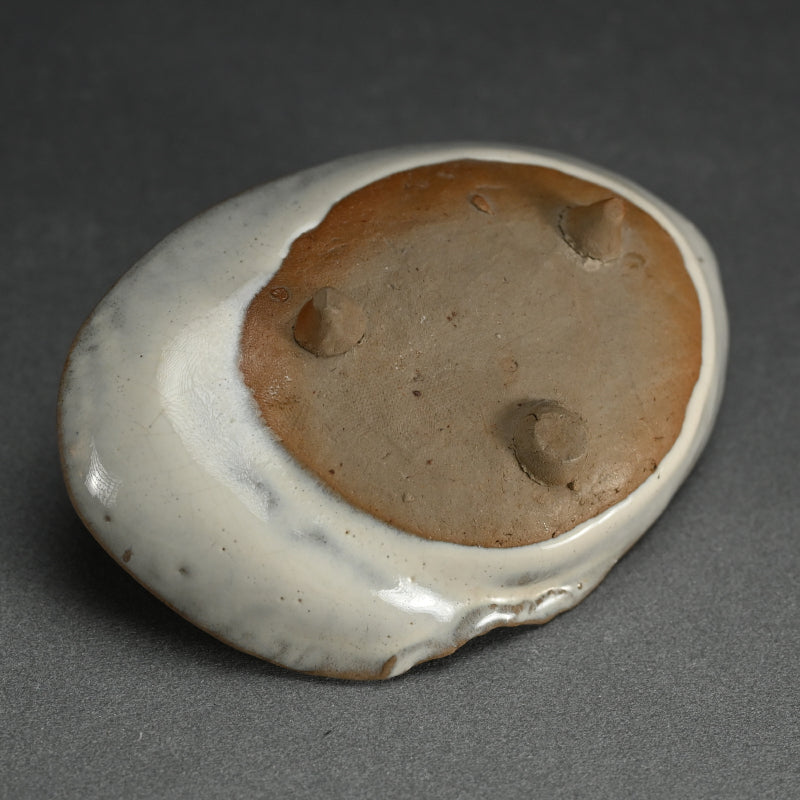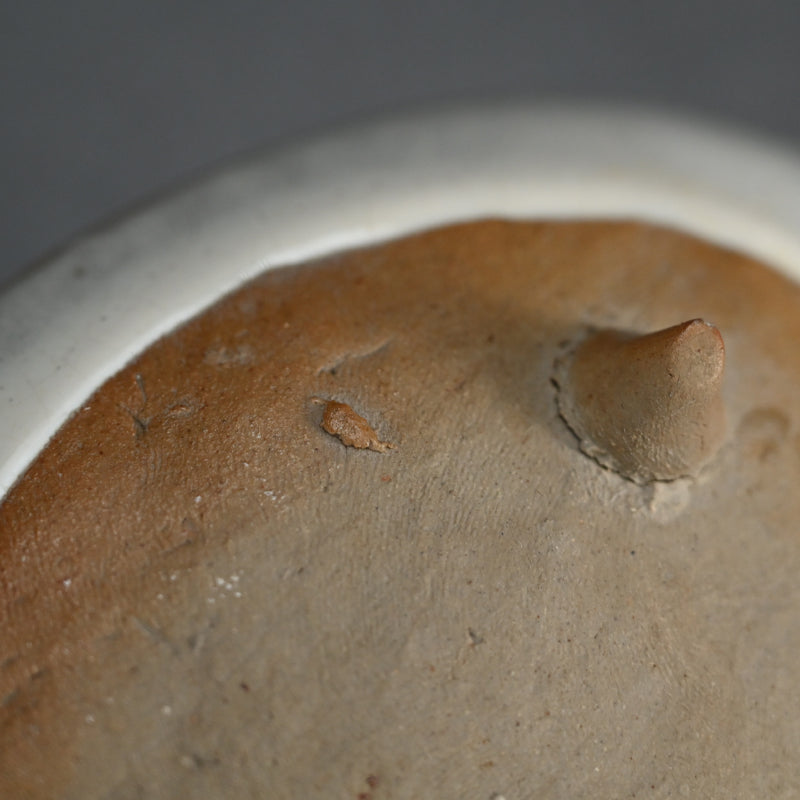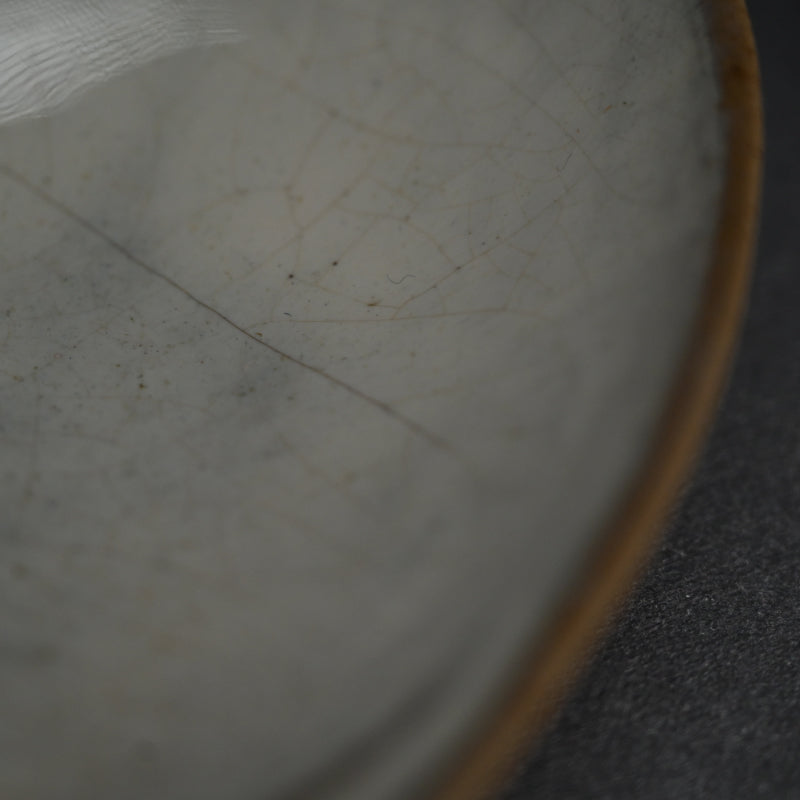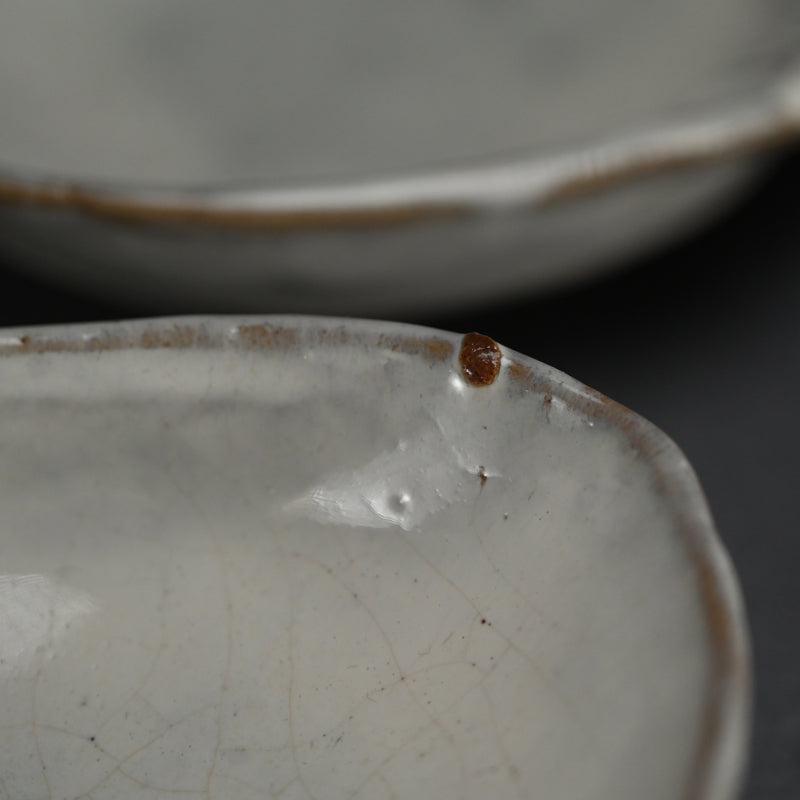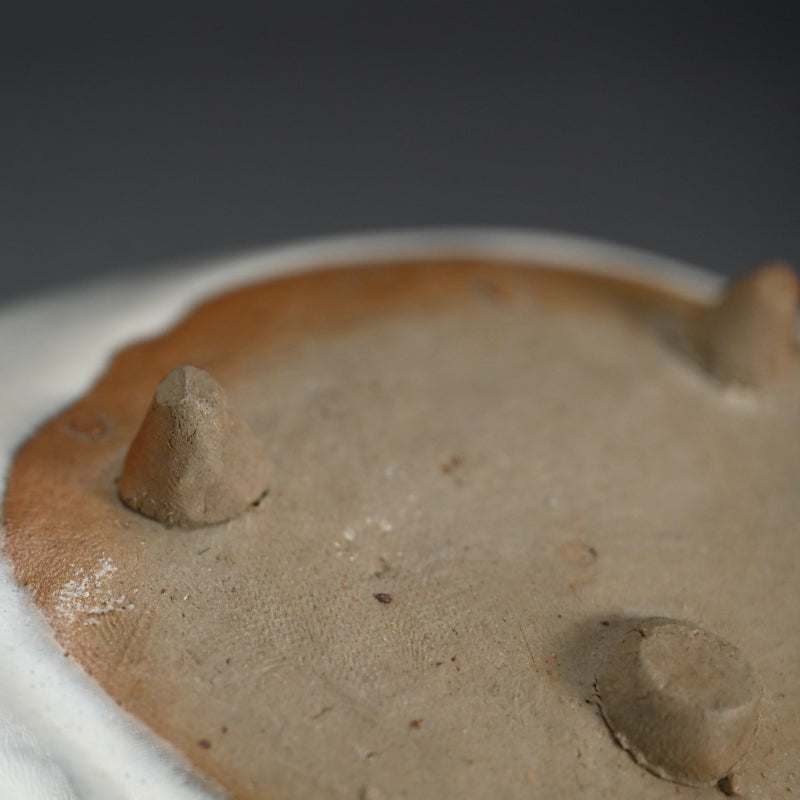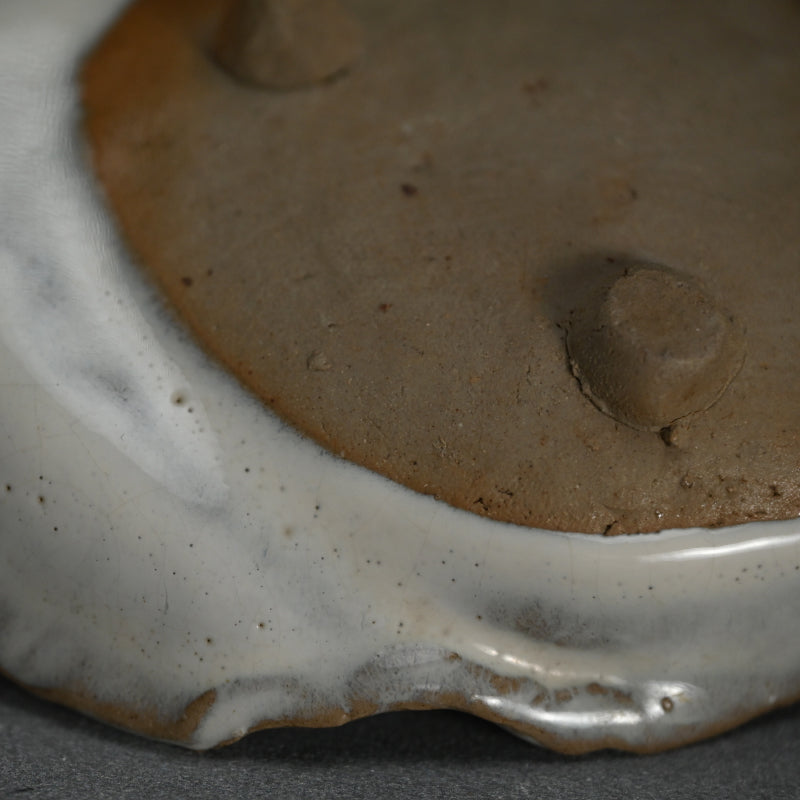1
/
of
18
5 pc. Fukagawa yaki Shell Shaped Mukozuke Dish Set
5 pc. Fukagawa yaki Shell Shaped Mukozuke Dish Set
Item Code: KN014
Regular price
¥58,900 JPY
Regular price
Sale price
¥58,900 JPY
Unit price
/
per
Tax included.
Couldn't load pickup availability
A set of five Fukagawa Yaki pottery plates in the shape of overlapping Hamaguri clam shells. Hamaguri are not only delicious but also hold cultural significance in Japan, often associated with special occasions like weddings and Hinamatsuri (Girls' Day). The large shells were used in a game called Kai-awase, a bit like the card game concentration, where one needed to find the matching shells (A brief explanation below). Each dish is 16 x 11 x 3.5 cm (6-1/4 x 4-1/4 x 1-1/4 inches) and all are in overall fine condition, enclosed in an old age darkened wooden box.
Fukagawa-yaki refers to white-based pottery that was produced in the Choshu Domain (modern day Yamaguchi prefecture). Its history dates back to 1653 when the potter Kurasaki Gorosaemon petitioned to establish an independent kiln in Sannose, Fukagawa Village (present-day Nagato City) and was granted permission. At the time, the production of tea ceramics was not permitted, and records indicate that the kilns mainly produced everyday household wares.
Kai Awase (the game) originated in the Heian period (794–1185) and was a pastime for nobles. It involves a set of Hamaguri clam shells with matching designs painted on the insides. Since the two halves of a clam's shell fit together perfectly, the game requires players to match the correct halves. The painted designs often depict scenes from classical literature, flowers, or other intricate artwork. One half of each clam shell is laid out face-down, while the other halves are kept aside. Players take turns selecting a shell and trying to find its matching half from the scattered pieces. However it was more than just a game; it symbolized harmony and completeness. It was often part of bridal trousseaus, representing the union of a couple.
Fukagawa-yaki refers to white-based pottery that was produced in the Choshu Domain (modern day Yamaguchi prefecture). Its history dates back to 1653 when the potter Kurasaki Gorosaemon petitioned to establish an independent kiln in Sannose, Fukagawa Village (present-day Nagato City) and was granted permission. At the time, the production of tea ceramics was not permitted, and records indicate that the kilns mainly produced everyday household wares.
Kai Awase (the game) originated in the Heian period (794–1185) and was a pastime for nobles. It involves a set of Hamaguri clam shells with matching designs painted on the insides. Since the two halves of a clam's shell fit together perfectly, the game requires players to match the correct halves. The painted designs often depict scenes from classical literature, flowers, or other intricate artwork. One half of each clam shell is laid out face-down, while the other halves are kept aside. Players take turns selecting a shell and trying to find its matching half from the scattered pieces. However it was more than just a game; it symbolized harmony and completeness. It was often part of bridal trousseaus, representing the union of a couple.
Share
